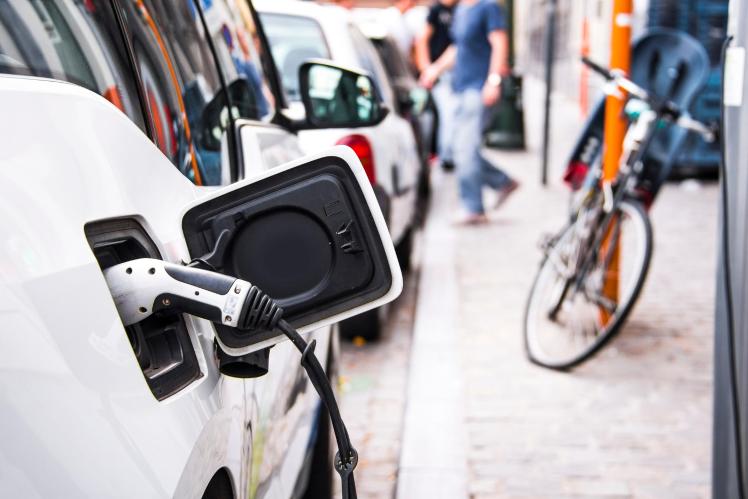Connected autonomous vehicles combine the digital world with automated technologies to assist or replace humans in cars. These vehicles’ sensors and cameras read the car’s surroundings and make constant connections to the Internet, GPS tracking systems and telecommunications networks.
An autonomous vehicle shares information inside and outside the car. It connects with the online cloud, with other cars, with satellites, with cellular networks, with emergency services and road infrastructure. It knows how fast to move, when to stop, when to turn, even when to honk the horn. A connected autonomous car can sense when another car is approaching too fast over a hill. It “sees” even when the weather is bad, when road construction is around the corner, or when a stationary car is blocking traffic.
Autonomous connected vehicles are often called self-driving cars.
What is the difference between a connected car and an autonomous one?
There are big differences between connected and autonomous vehicles.
A connected car has data-transmission technologies that offer comfort or safety options. For example, you can programme this type of car to turn on the windshield heating or air conditioning before you get in. A connected car also can receive programming updates over the cloud to improve the vehicle’s functions or efficiency.
An automated vehicle has the same programming possibilities, but it also makes independent driving decisions and movements using small motors attached to the vehicle’s driving systems. For example, if the driver exceeds the speed limit or changes lanes dangerously, the car independently puts on the brakes or adjusts the steering wheel.
Autonomous connected cars can play an important part in traffic management, potentially reducing congestion, improving air quality, and reducing accidents. Most car crashes are caused by human error.
However, there are drawbacks.
People who currently ride public transport might use automated cars, because they can still get work done while being driven: this could increase congestion. And connected cars don’t always make the right decisions, because they lack sensors or programming that accurately duplicate human reactions and decisions.
What is green mobility?
Green mobility refers to clean modes of moving around or using transport.
Connected autonomous vehicles are expected to be just one of the many answers to improve green mobility and cut down on vehicle congestion and pollution, especially in urban environments. This change will take a combination of collective and shared transport modes, along with more bicycle and walking paths, and more electric buses and trams. As with any mode of transport, people will only use these cars if they are easy, fast, safe and affordable.
If we design our cities well, getting around will keep getting greener, easier and safer.
The European Investment Bank is the lending arm of the European Union. It is the biggest multilateral financial institution in the world and one of the largest providers of climate finance.
Please visit the firm link to site



